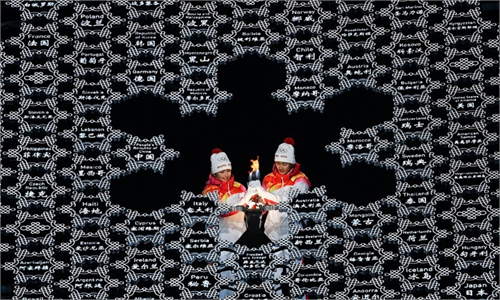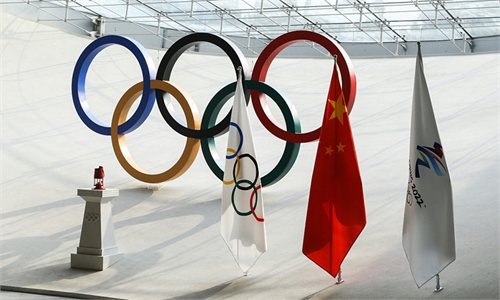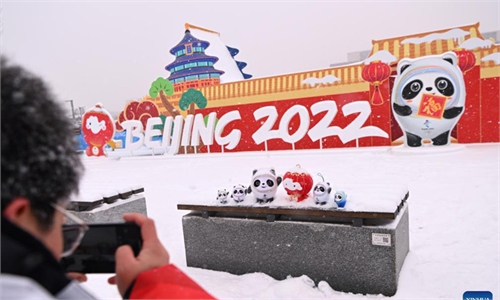SPORT / OLYMPICS
‘Snow Ruyi’ designer reveals how Olympic venue showcases beauty of Chinese culture
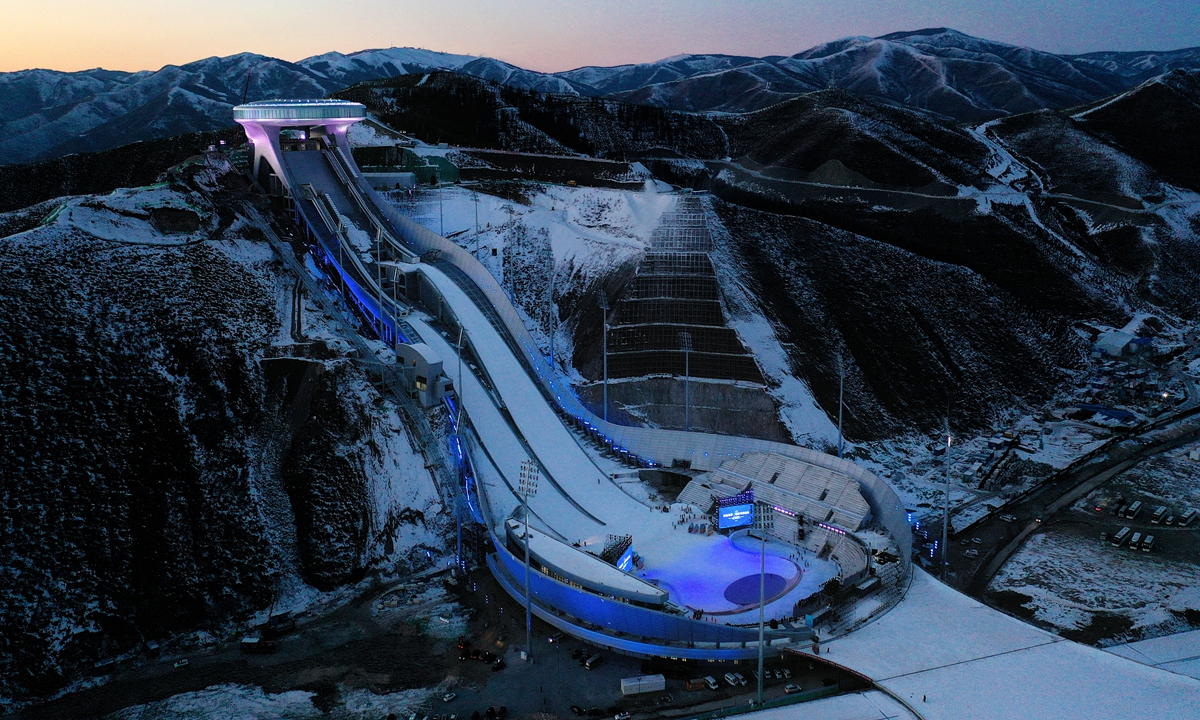
The National Ski Jumping Center, also known as the "Snow Ruyi," in Zhangjiakou, North China's Hebei Province Photo:VCG
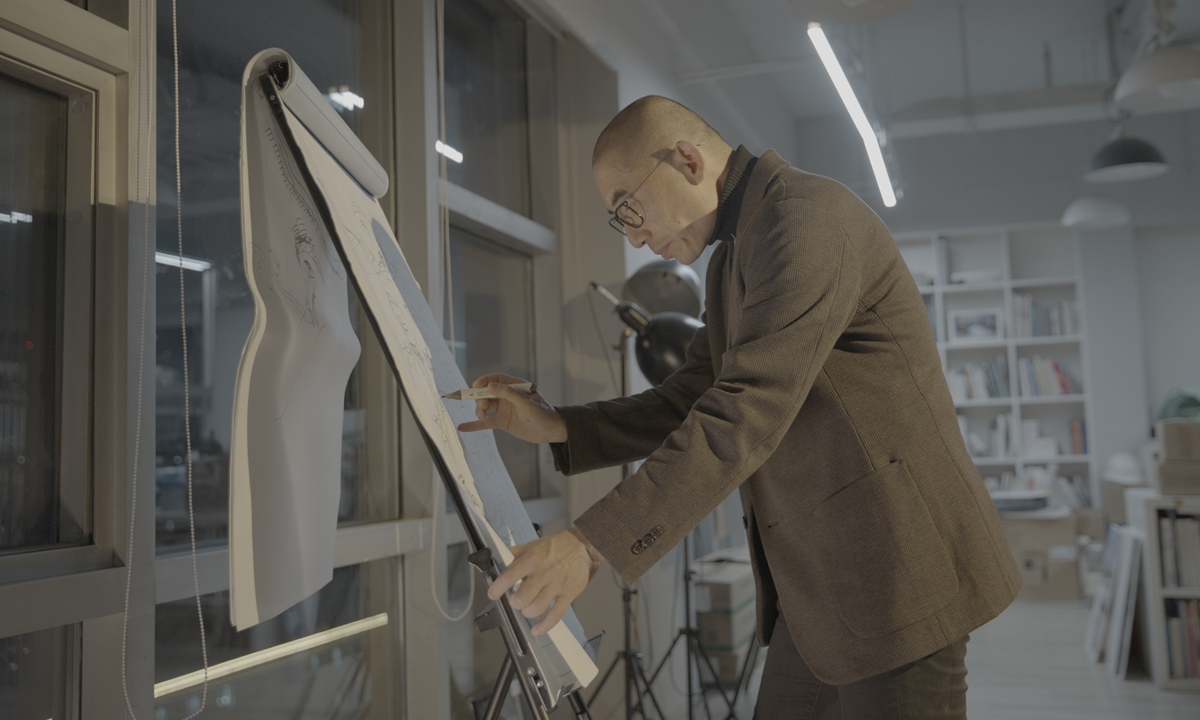
Zhang Li,designer of the "Snow Ruyi" and dean of the School of Architecture at Tsinghua University Photo:Courtesy of Zhang Li
After heavy snow on Sunday, the National Ski Jumping Center, also known as the "Snow Ruyi," lies quietly among the mountains like a graceful poster, shining in the silver world under the glow of spotlights. The unique ski jumping platform has become one of the most recognizable "star venues" of the Beijing 2022 Olympic Winter Games."The Beijing 2022 Winter Olympic Games are a window for the world to see new changes in Beijing and in China," Zhang Li, designer of the sports venue and dean of the School of Architecture at Tsinghua University, told the Global Times.
Located in Zhangjiakou, North China's Hebei Province, the Snow Ruyi is the first ski jump venue in China to meet Olympic standards. It is not only a winter sports venue, but also a brilliant architectural structure that resembles a ruyi, a traditional Chinese auspicious scepter-like object that symbolizes "good luck."
However, the road to reach the stunning design was not an easy one.

Photo: Liu Rui/GT
From concept to realityAt the beginning of a brainstorming, Zhang and his design team have been trying to find traditional Chinese cultural elements that fit the S-curve profiles of the ski jumping hills, and they have came out over 100 such elements, while finally found that "Ruyi" is the best and most recognized image which perfectly accommodates the hill profiles.
A traditional cultural symbol, a ruyi scepter has a long S-curved handle and head often shaped like a fist, cloud or linzhi mushroom. The ornament has a long tradition in China. It is generally made of jade or gold. The history of the object can be traced back to the Eastern Han Dynasty (25-220), and in the Qing Dynasty (1644-1911), it became a palace treasure.
"We established the image of the Snow Ruyi mainly through the S-curve on the handle. It is a smooth and subtle curve, an indicator of the beauty and humility of traditional Chinese culture," Zhang said.
After coming up with the original concept for the Snow Ruyi, Zhang recalled he asked Walter Hofer, former Ski Jumping Competition director at the International Ski Federation, if it was possible to have an unprecedented 80-meter-diameter overhanging space above the starting areas. Hofer pondered this for a while, and said: "I think it's okay if that is useful after the Games."
The approval gave the team more confidence to make their idea a reality.
However, the project was very challenging as the team needed to meet a lot of practical requirements including safety and economic concerns. The team also needed to overcome many environmental difficulties such as strong winds and harsh temperatures on the mountain.
The Snow Ruyi consists of the "peak club," which is a multi-purpose indoor space that can be used after the Games, the hills and the stadium at the bottom. There is a vertical drop of over 140 meters along the entire structure.
The "peak club" at the top, resembling the head of a ruyi, is supported by two vertical shafts. The ski jump hills and their wind protection facilities project the image of the body of a ruyi. The stadium below, the tail handle, features a full-fledged football field with a traditional horse-shoe shaped spectator stand.
Embodying the concept of a 'green Olympics'
The design of the Snow Ruyi rigorously follows the principles of green, low-carbon sustainable development. It makes full use of the natural topography, utilizing the profile of the valley which is inherently compatible with the needs of ski jumping.
"We hope to present the Chinese idea of nature, which is to say, the harmonious symbiosis between man and nature, through the Snow Ruyi. We tried to minimize the footprint of artificial interventions upon the existing landscape, making our building blend in with the overall environment," Zhang said.
For example, most of the structure is lifted from the mountain, with the aim of protecting the surface runoff, movement of wild life and natural mountain flora.
Zhang introduced that for the outdoor venues, reducing the energy consumption during construction was achieved by increasing the use of prefabricated components, which means that most parts were completed in factories first and then assembled on site.
The biggest advantage of using this modular concept is that if a certain section is damaged during construction or while in use, only that section need be replaced. At the same time, degradable materials are used as much as possible to reduce the use of concrete, thus reducing the carbon footprint of the entire project.
As a permanent competition venue, the Snow Ruyi has a detailed plan for use after the Games, during which time it will continue to host international and domestic high-level ski jump competitions.
"We'll also keep a close eye on post-Games usage of these venues, and if conditions permit, we'll ask the public to help us record the post-Games life of these venues. We have done some preliminary studies so far, but the true test is the real life after the Games," he said.
After seeing the Snow Ruyi receive so many positive responses around the world, Zhang said he felt optimistic: "The spirit of Olympic sports and architecture have a fundamental commonality; to inspire a greater consensus among people and to encourage all to discover their better selves."

